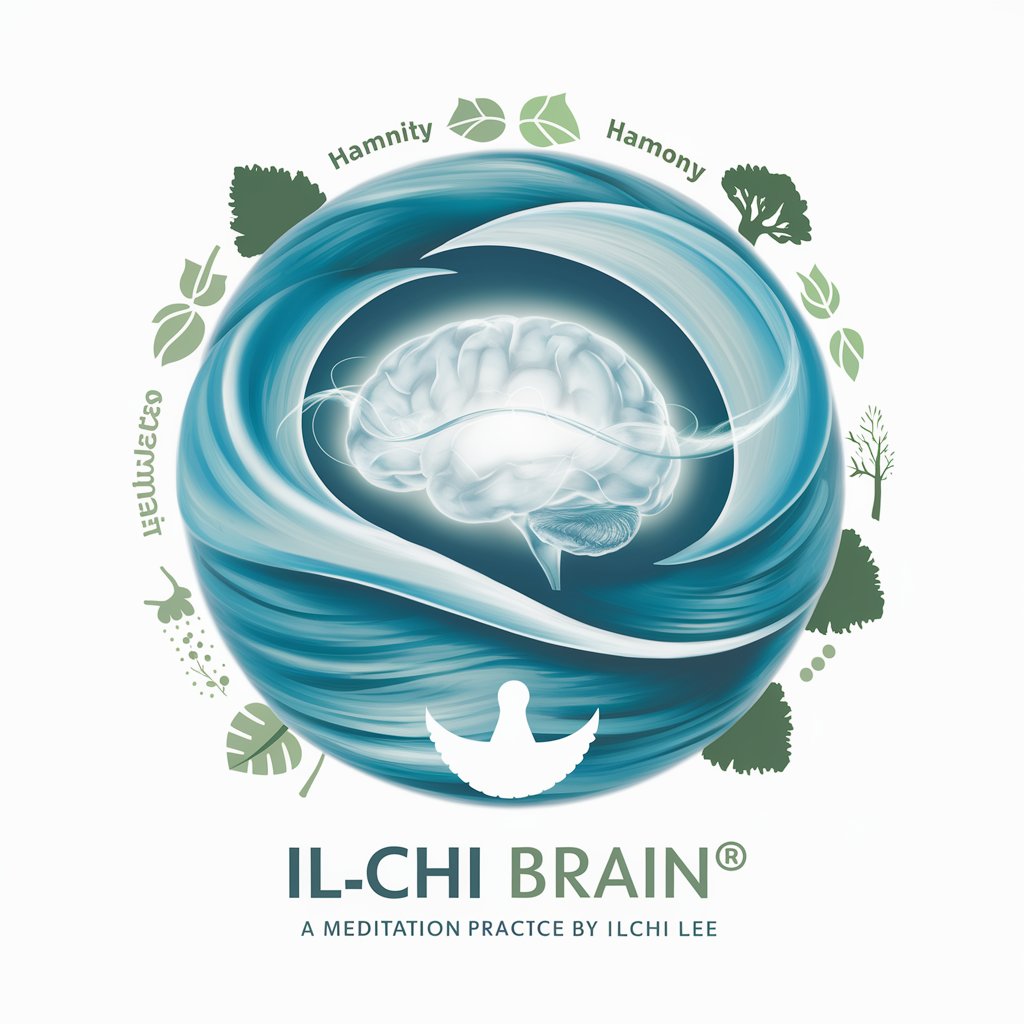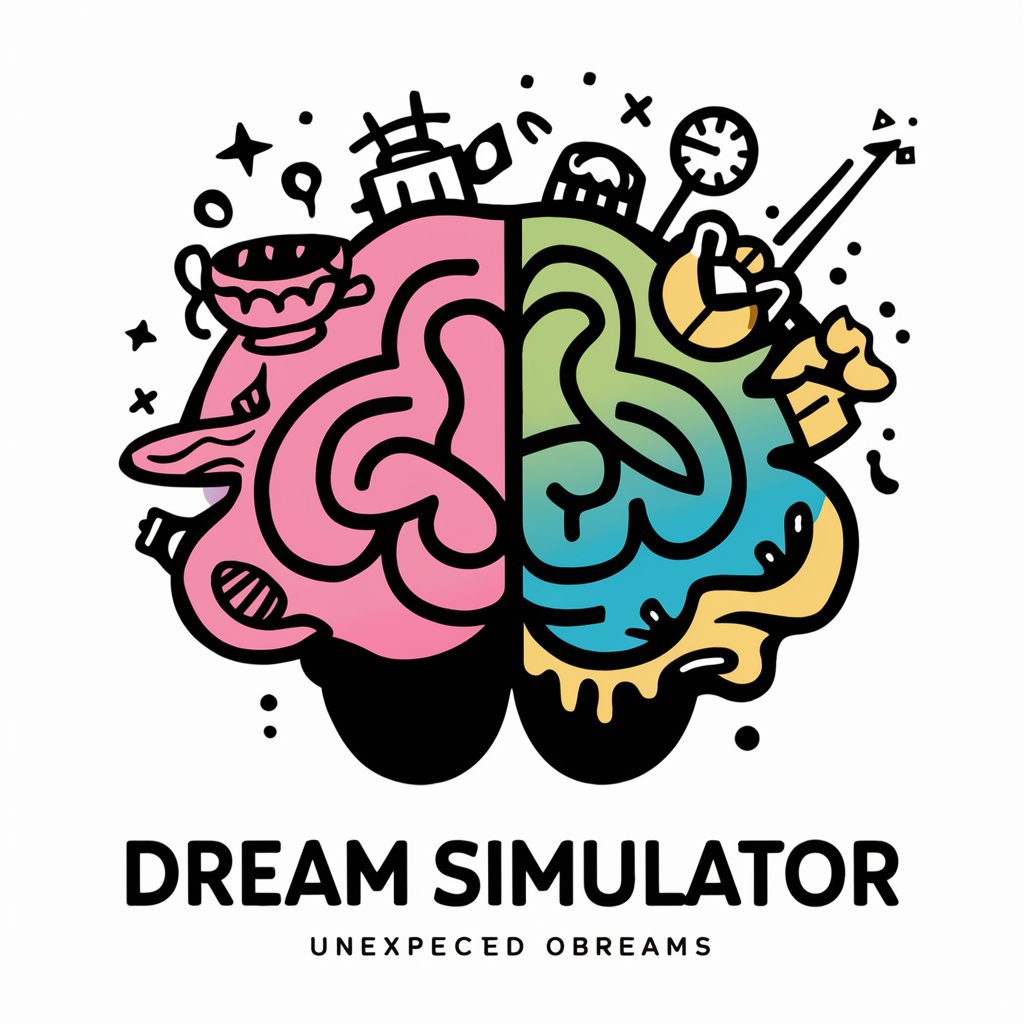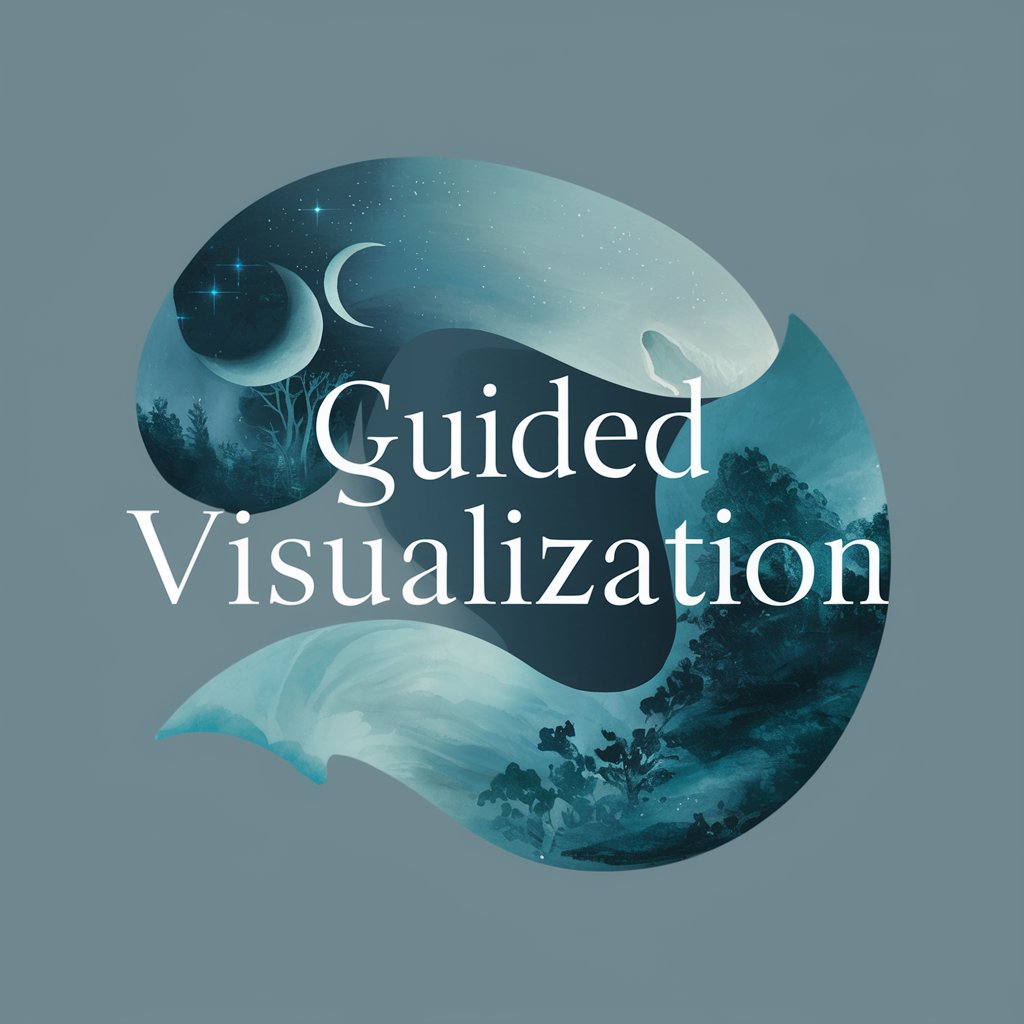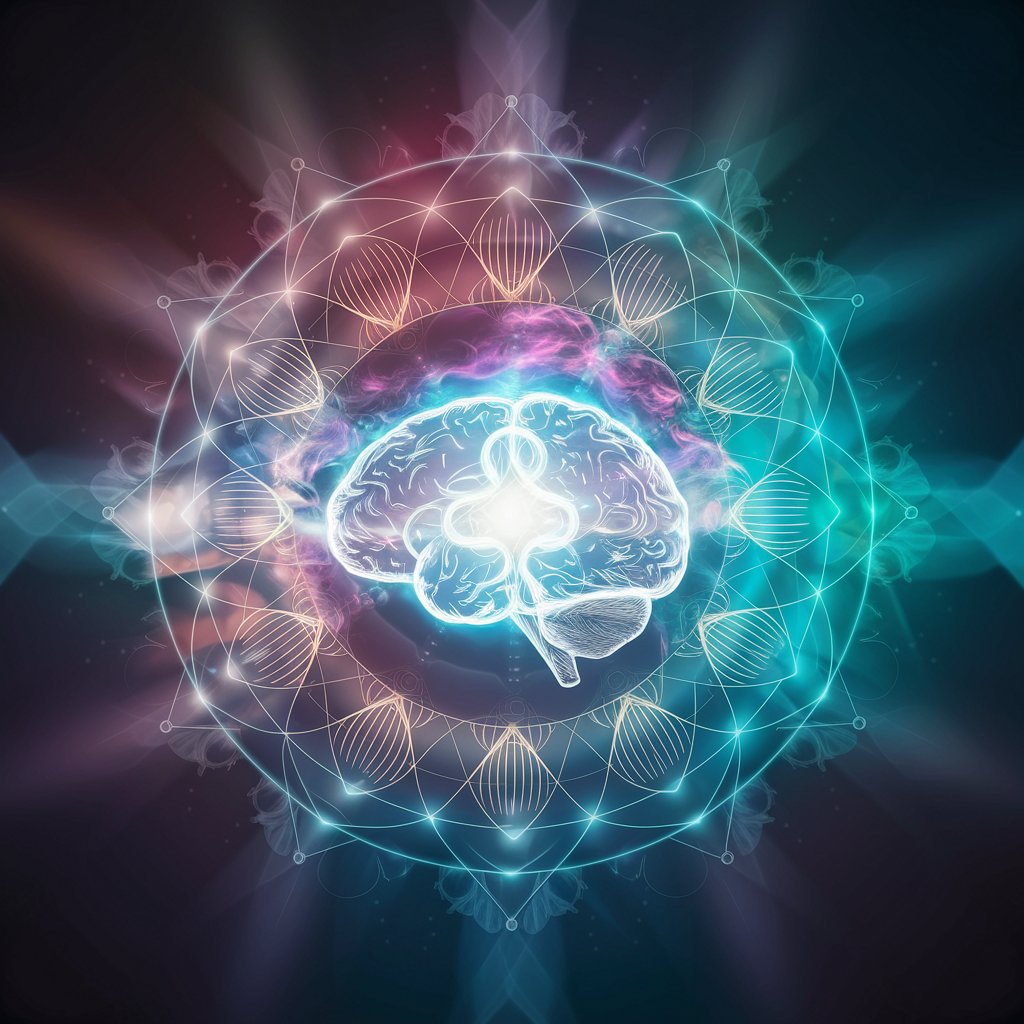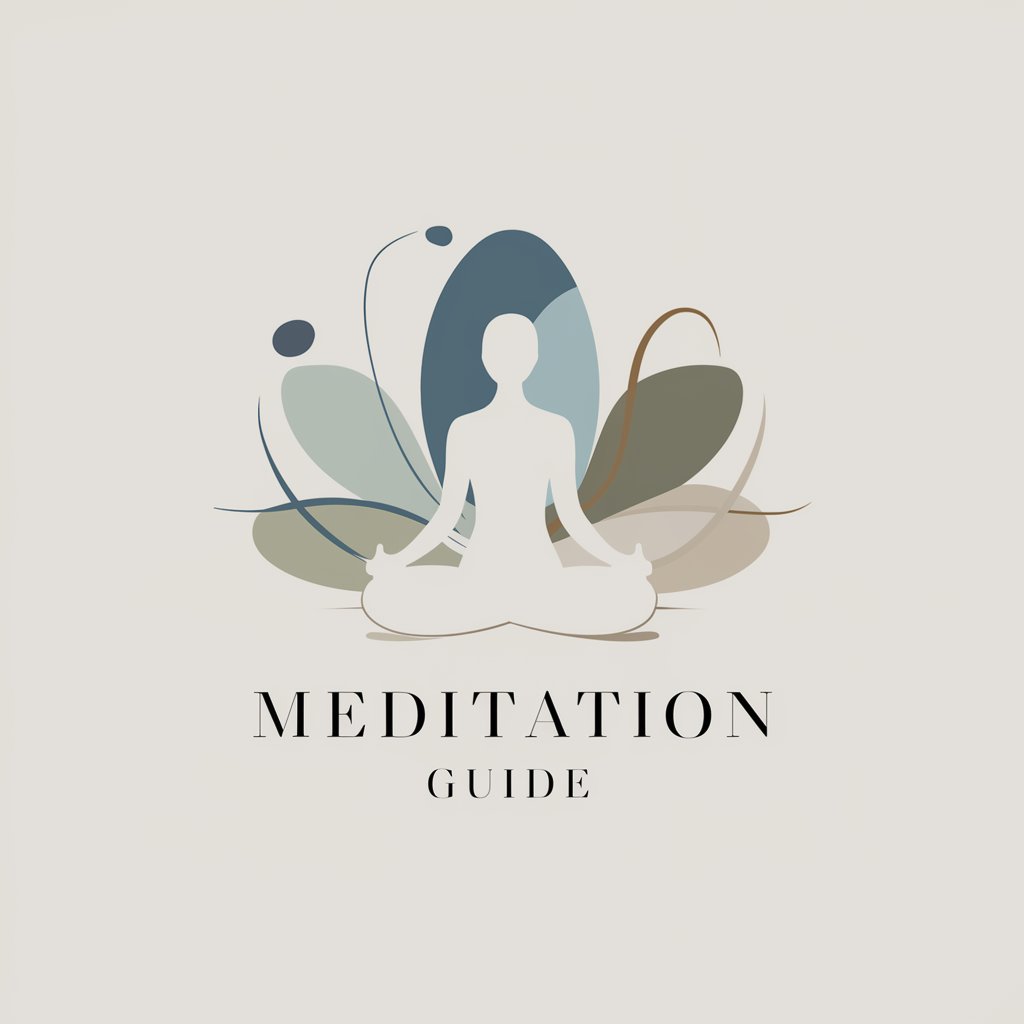
Guided Imagery - Guided Imagery Experience

Hello, I'm your Guided Imagery companion, created by Uni. Let's find peace together.
Navigate to Peace with AI Imagery
Imagine yourself in a serene meadow...
Picture a gentle seashore with waves softly lapping...
Envision a peaceful forest where sunlight filters through...
Close your eyes and find yourself in a tranquil garden...
Get Embed Code
Understanding Guided Imagery
Guided Imagery is a therapeutic practice designed to foster relaxation, healing, and well-being through vivid, guided visualizations. This technique involves leading an individual through detailed mental images of serene, calming places or situations, engaging their senses to enhance the immersive experience. The essence of Guided Imagery lies in its ability to tap into the subconscious mind, leveraging the power of imagination to elicit positive physical and emotional responses. For instance, a guided imagery session might transport you to a tranquil beach, where the detailed description of the rhythmic waves, the warmth of the sun, and the gentle breeze invokes a profound sense of relaxation and peace, effectively reducing stress and anxiety. Powered by ChatGPT-4o。

Core Functions of Guided Imagery
Stress Reduction
Example
A person feeling overwhelmed with work-related stress might engage in a guided imagery session that visualizes a serene forest, with detailed descriptions of the soothing sounds of a babbling brook and the soft rustle of leaves, which helps in lowering cortisol levels and enhancing mental clarity.
Scenario
In a high-pressure corporate environment, a group of employees might participate in a guided imagery workshop to improve their stress management skills, fostering a more harmonious and productive workplace.
Pain Management
Example
Individuals experiencing chronic pain might use guided imagery to focus their attention on a specific, soothing scenario, such as floating on calm waters, which can lead to a perceived reduction in pain intensity by diverting the mind from pain signals.
Scenario
In a healthcare setting, patients recovering from surgery might be guided through imagery sessions to envision a healing light over their wounds, aiding in pain relief and potentially accelerating the healing process.
Enhancing Performance
Example
Athletes might employ guided imagery to visualize themselves executing perfect movements and strategies, which can improve actual performance by reinforcing neural pathways associated with the visualized actions.
Scenario
Before a competitive event, a sports team might engage in a guided imagery session focusing on teamwork, precision, and victory, enhancing mental preparedness and confidence.
Emotional Healing
Example
Individuals dealing with emotional trauma might be guided to imagine a safe and nurturing space, possibly revisiting and reinterpreting past events with a sense of empowerment and healing.
Scenario
In therapeutic settings, guided imagery might be used as part of a broader treatment plan for individuals coping with PTSD, facilitating emotional processing and resilience.
Who Benefits from Guided Imagery?
Individuals Experiencing Stress and Anxiety
People facing daily stressors, anxiety, or those in high-pressure jobs find guided imagery a valuable tool for achieving mental calmness, as it aids in redirecting focus from stress-inducing thoughts to peaceful imagery.
Patients Undergoing Medical Procedures
Patients dealing with chronic pain, undergoing surgery, or cancer treatments can benefit from guided imagery by using it as a complementary approach to manage pain, reduce fear and anxiety, and enhance the body's healing response.
Athletes and Performers
Athletes, musicians, and public speakers use guided imagery to enhance their performance by mentally rehearsing their skills, improving focus, and fostering a positive mindset, which is crucial for optimal performance under pressure.
Individuals Seeking Personal Growth
People interested in personal development, emotional healing, and self-discovery can utilize guided imagery to explore their inner world, resolve internal conflicts, and cultivate a deeper sense of self-awareness and purpose.

Guided Imagery Usage Guidelines
Begin Your Journey
Start by visiting a platform like yeschat.ai for a complimentary trial. This allows you to experience Guided Imagery without the need for login or a ChatGPT Plus subscription.
Create a Comfortable Space
Find a quiet, comfortable spot where you won't be disturbed. Use headphones or speakers to listen to guided imagery sessions for an immersive experience.
Choose Your Scenario
Select a guided imagery scenario that aligns with your current need, whether it's stress relief, sleep enhancement, or creative inspiration.
Engage Fully
Close your eyes and follow the guidance, focusing on the sensory details described. Breathe deeply and allow yourself to become fully immersed in the experience.
Reflect and Repeat
After the session, spend a few minutes reflecting on the experience. Regular practice enhances the benefits, so consider making guided imagery a part of your daily routine.
Try other advanced and practical GPTs
Flow Charting
Simplify complexity with AI-powered visuals.
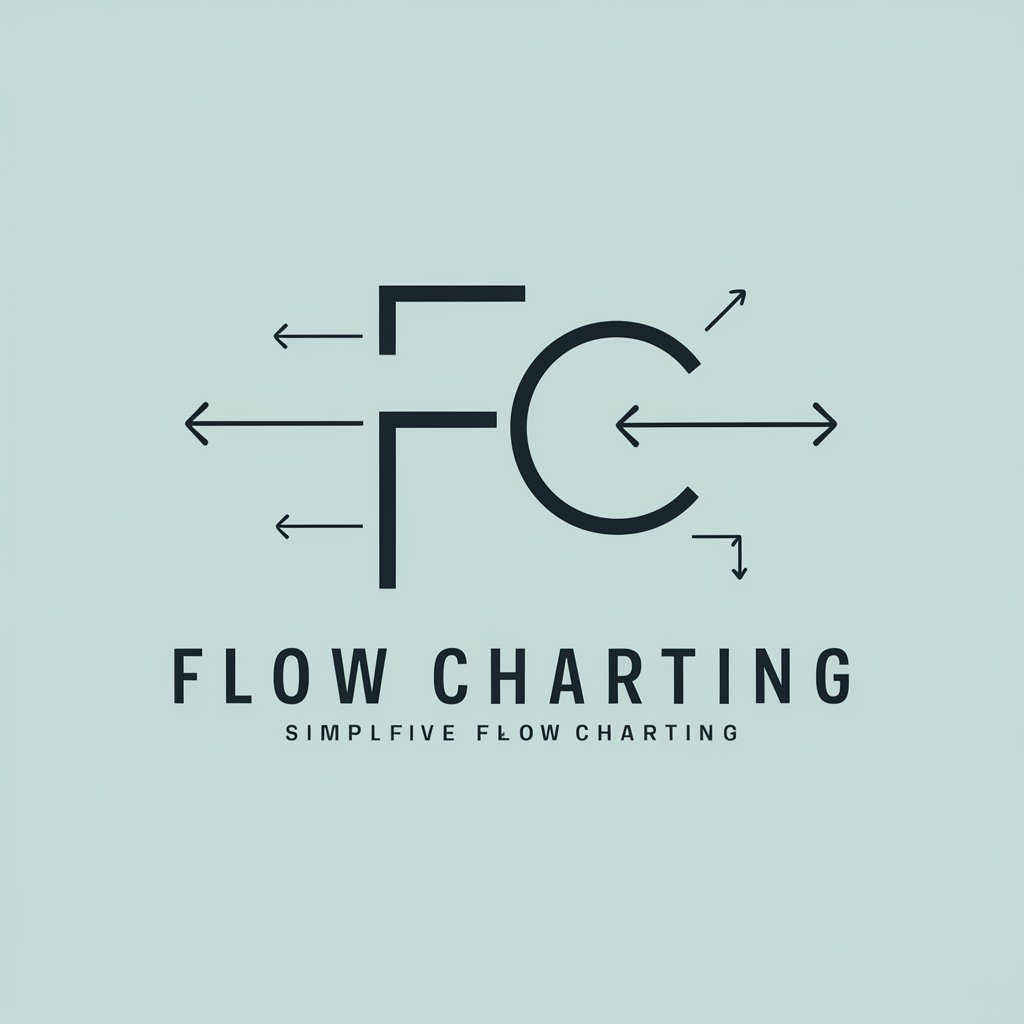
Mopping Flaws
AI-powered logical flaw finder
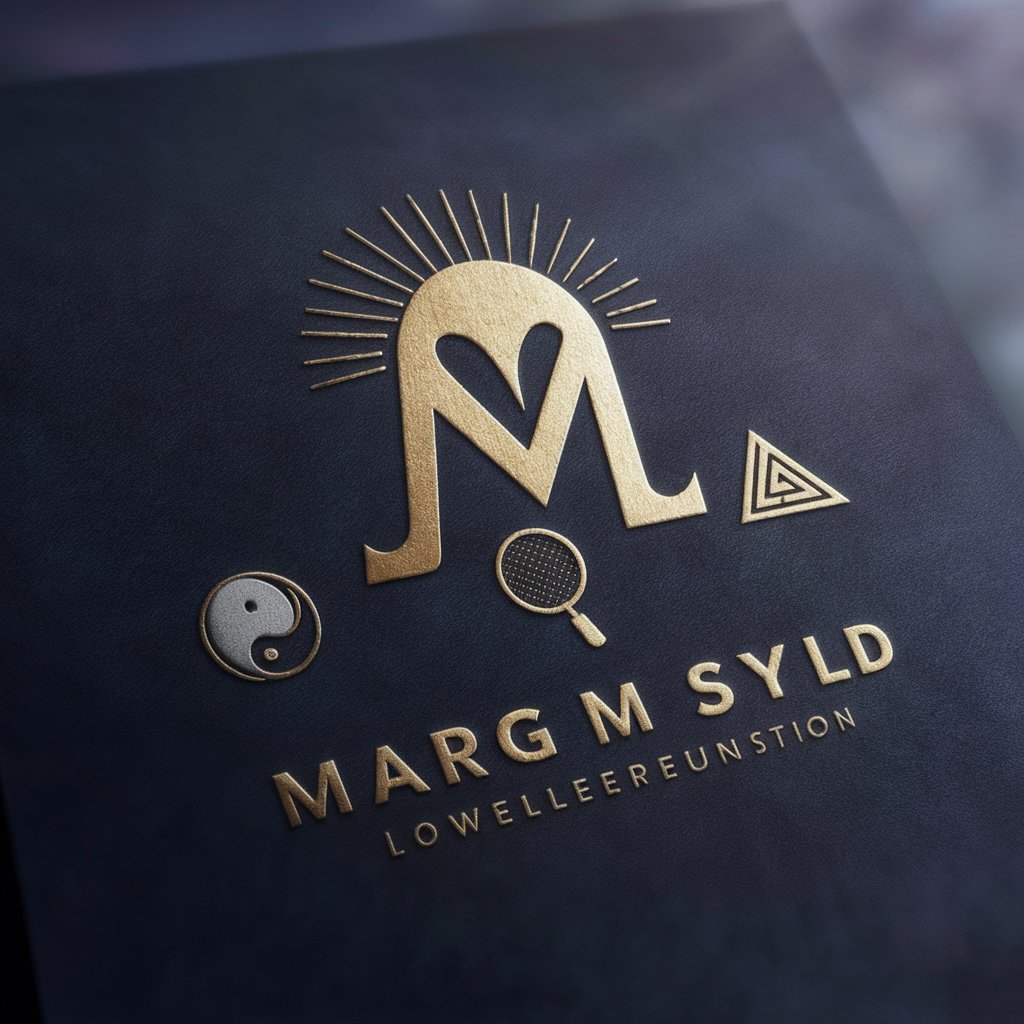
Flowy
Design smarter, not harder, with AI-powered UX insights.

SEO - Titulos & Descripciones para tus videos.
Elevate Your Video Content with AI-Driven SEO

Truth about Sci-Research
Navigating the complexities of science with AI.

Proforma Wizard Enhanced
Empowering Real Estate Decisions with AI

Eventful Imagery
Tailor-made Imagery Powered by AI

Mindfulness Imagery
Visualize Wellness, Embrace Mindfulness
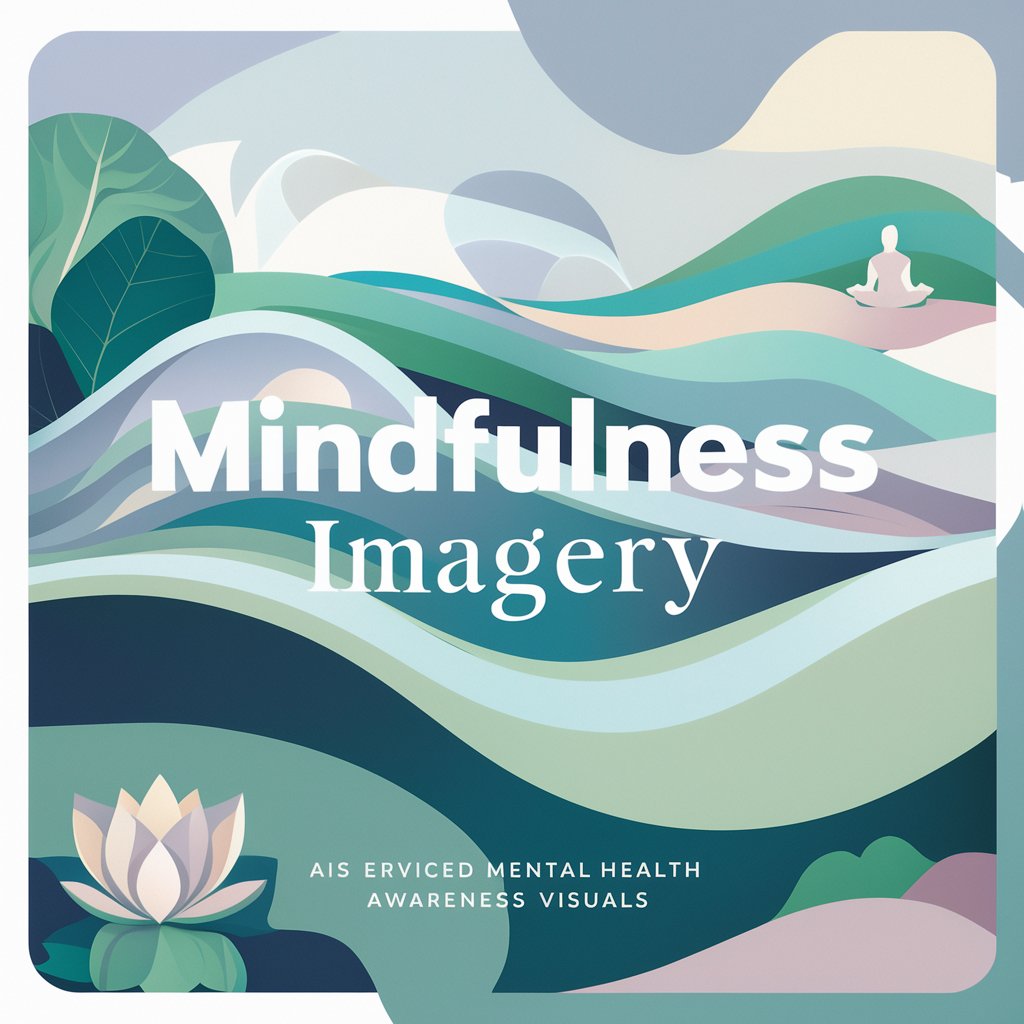
Imagery Creator
Bringing Your Visions to Life with AI

Edit My Story: Imagery
Elevate your stories with AI-powered imagery enhancement.
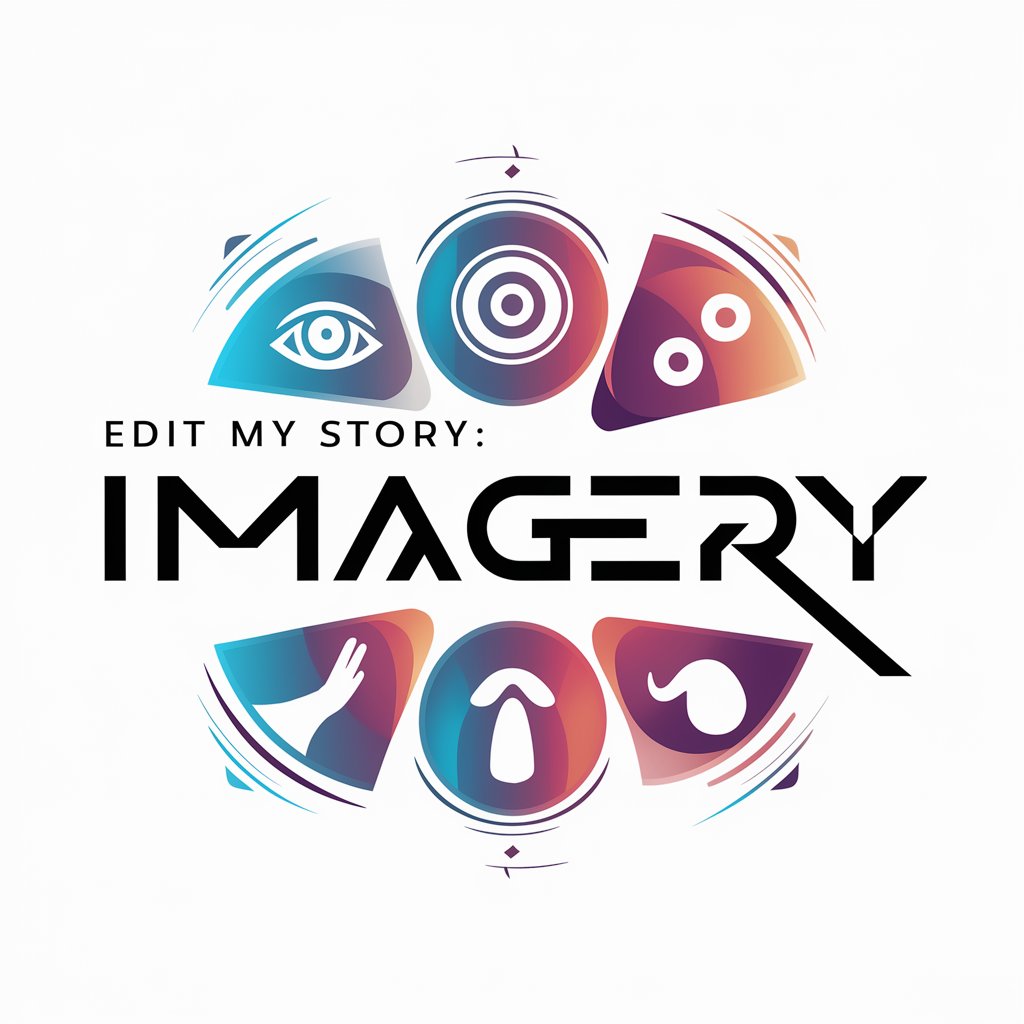
Imagery Wizard
Unleash Creativity with AI
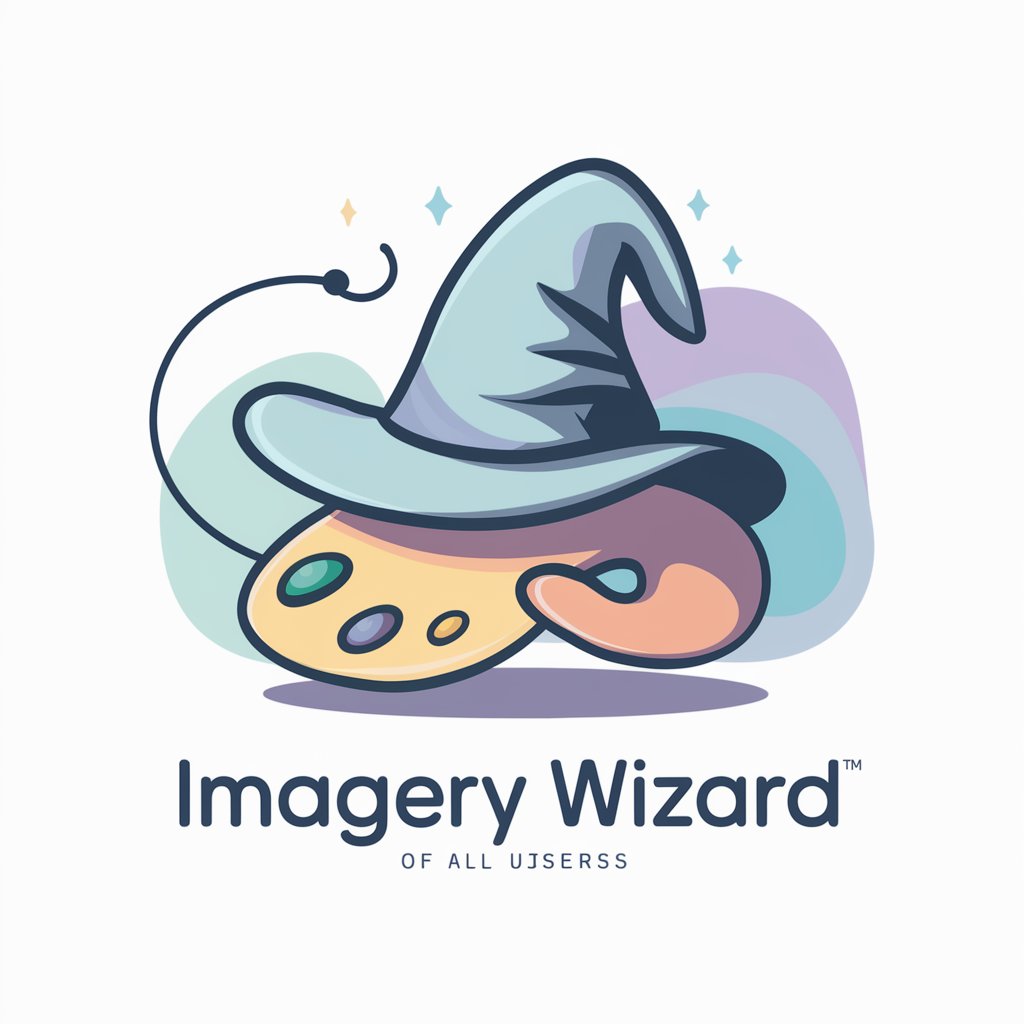
Detailed Imagery Crafter
Crafting Photorealistic Imagery with AI

Guided Imagery Q&A
What is Guided Imagery?
Guided Imagery is a relaxation and visualization technique that uses descriptive language to evoke vivid mental images, promoting mental and physical wellness. It's often used to reduce stress, improve sleep, and enhance overall well-being.
Can Guided Imagery help with anxiety?
Yes, Guided Imagery is a powerful tool for reducing anxiety. It helps by shifting focus away from stressors and guiding the mind towards peaceful and calming images, thereby reducing the physiological and psychological symptoms of anxiety.
How long does a Guided Imagery session last?
Sessions can vary in length, typically ranging from 10 to 30 minutes. The duration might vary depending on the specific goals of the session, such as relaxation, sleep induction, or pain management.
Is Guided Imagery suitable for children?
Absolutely. Guided Imagery can be tailored for children, making it a useful tool for managing stress, bedtime anxiety, and enhancing creativity. The key is to use imagery and themes that are engaging and appropriate for their age.
How often should I practice Guided Imagery?
Regular practice is recommended for the best results. Starting with once a day, especially during periods of high stress or before sleep, can significantly enhance its benefits. However, even occasional sessions can provide relief and relaxation.

